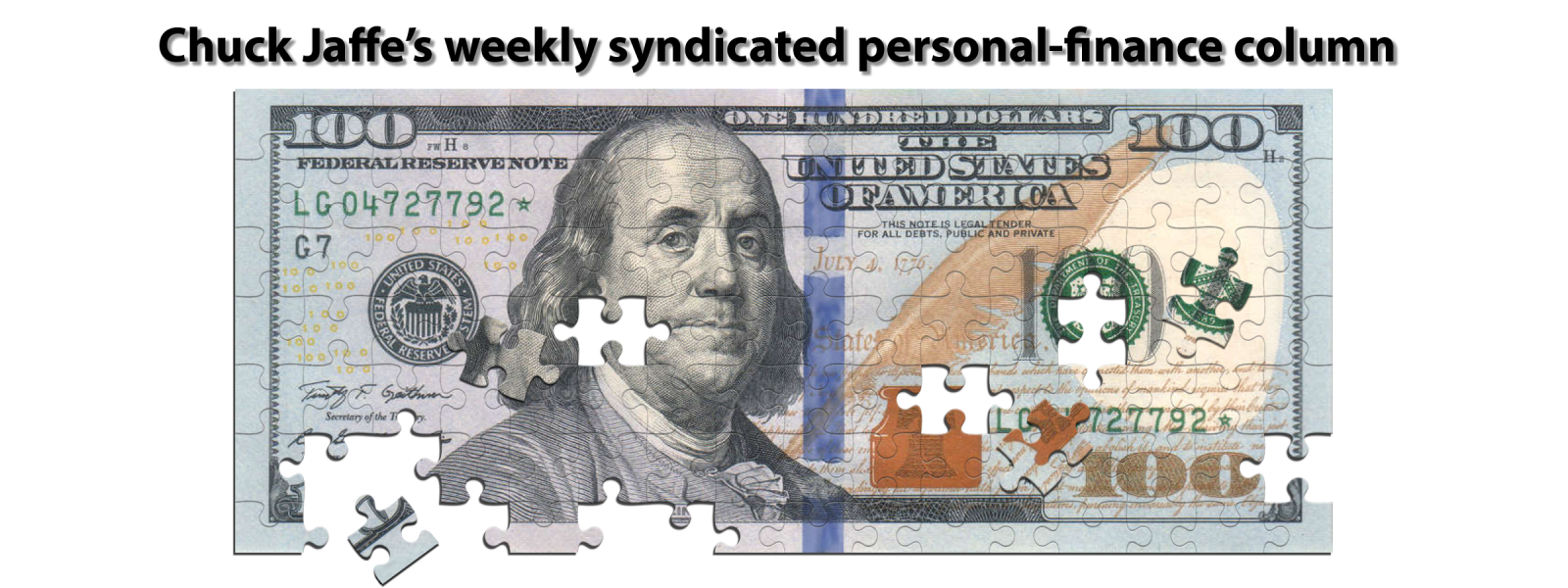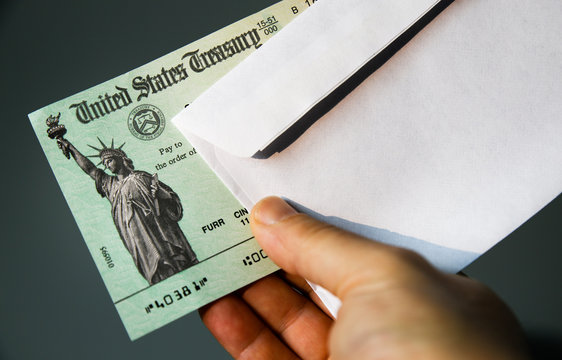Making the most of the third stimulus check
Keith is a friend from the Lehigh Valley area of Pennsylvania whose family is living both ends of the pandemic financial life through his adult twins.
It’s a quirky story that’s about to take its next turn with the latest stimulus check from the federal government.
Both of Keith’s 24-year-old children moved home within the first three months of the coronavirus shutdown, but for very different reasons.
His son Alex was laid off from a dream job in New York City, and came home to conserve money and be around family; he won’t go back until Broadway and the theatre district reopen.
His daughter Ellie is thriving in a well-paid tech job, and moved home from Charlotte, N.C. because she was lonely after her roommate moved out, her lease was up, her twin brother was there, and her employer encouraged her to work remotely.
In Keith’s house, therefore, you see both extremes of pandemic finances: Ellie saves on rent, wardrobe and living expenses, maxes out her 401(k) and pockets a growing paycheck, while Alex does odd landscaping jobs to keep paying the rent on his empty New York apartment which he desperately wants to move back to. He’s hanging on, with help from his family.
If the U.S. economy is going through a K-shaped recovery, both ends of it – the financial beneficiaries and sufferers — are visible in Keith’s house.
And soon, both kids will get $1,400 stimulus checks from Uncle Sam.
As Keith was quick to point out, Alex needs the money and Ellie doesn’t.
As such, the advice on what they should do with this third – and, probably, final – stimulus check is very different.
That said, everyone who gets the money and wonders about “the right thing” to do with falls somewhere on the financial spectrum between the haves and have-nots.
Thus, if you are thinking about how to make the most of the latest government give-back, here are some ideas to consider:
If the stimulus is a financial lifeline:
— Make everyday bills your priority. Food, utilities/rent, health-care and debt payments – typically in that order – come first.
— Find ways to meet your needs without spending. Take advantage of payment-deferral options, talking with creditors and asking for help.
Beyond the traditional sources for help, look for new programs that have grown out of the pandemic. Whether it is funds for restaurant workers, public transport workers or food programs where neighbors feed people in their community, don’t be too proud to sign up and benefit.
Full disclosure, I joined a group that makes lasagnas for people affected by the pandemic, just to lend a helping hand. (Sign up in your area – to make food or to get some from a neighbor – at lasagnalove.org.) The organizers generally wish they had more people taking up offers for help.
Likewise, there are many online community sites for “buy nothing” groups, where people give away things they no longer need; someone struggling to make ends meet may be able to get needed items used and free from others.
— You’re living in an emergency; everything that’s not spent goes in the emergency fund.
Desperate times call for desperate measures; you’re living a real, live no-spend challenge, so set aside every possible extra dollar until the tough times pass.
If the stimulus feels like a bonus:
— Ease your burden and lengthen your runway. Since you’re not paycheck-to-paycheck, consider using stimulus money to get ahead. Make a few months’ worth of payments now, pay off installment debt and/or top off your emergency-savings tank so that if you can’t avoid trouble completely you’re best prepared to face it.
— Pay the money right back to Uncle Sam. Definitely accept the money, but consider pre-paying your 2021 taxes with it – allowing you to adjust withholdings to improve and smooth out future cash flows – or use it to pay taxes from a Roth IRA conversion, reducing the burden you face when you move money from a traditional retirement account to a Roth account, where earnings are never taxed.
Many people don’t do a conversion because they don’t want to pay taxes now. Figure out how much of your traditional account you can convert if you use the stimulus money to cover the taxes involved.
Obviously, this only applies where someone has retirement plans that qualify – which would apply to Keith, for example, but not his children – but using the money now to save on taxes later could give you an enormous ultimate payback.
— Play catch-up. Even though you don’t need the check for support, that doesn’t mean your savings has kept pace with your hopes and dreams.
Whether you have struggled to set aside college savings or put off fully funding your own retirement accounts, using stimulus money as a patch for those holes helps. Turn the stimulus – inherently short-term money – into something that can do the most long-term good for you.
— Join the club, or get your financial workouts in regularly. Given the headlines about new investors jumping onto brokerage apps, don’t be afraid to follow the crowd and start investing – or to add to investments – now.
Whether you do it through an app, a traditional brokerage firm or a program that allows you to buy fractional shares in brand-name companies for as little as a few bucks at a time, put the money to work for you.
Think big and long-term, not fast. If Ellie saves the $1,400 and earns 8 percent on it, it will be worth roughly $45,000 when she hits retirement age, turning a one-time benefit into a lifetime windfall.
Regardless of your need for the stimulus check:
Think about how the other half lives, and spend or invest accordingly. Easy Street and Hard Avenue aren’t that far apart. Envision yourself on the other side of the financial tracks, then use stimulus money to protect or provide for yourself, reducing or avoiding troubles now and in the future.
#-#-#
Chuck Jaffe is a nationally syndicated financial columnist and the host of “Money Life with Chuck Jaffe.” You can reach him at itschuckjaffe@gmail.com and tune in at moneylifeshow.com.
Copyright, 2021, J Features


